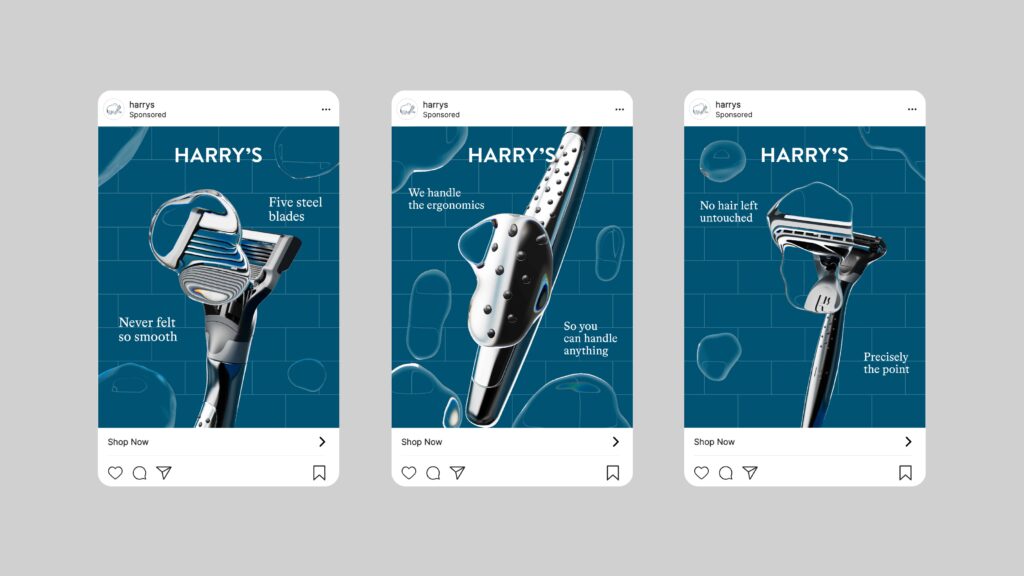
Beyond the Blade – Diversification and Expansion
In 2018, Harry’s launched Flamingo, a women’s shaving and body care line. Then came men’s skincare, hair products, and anti-dandruff shampoo — all marketed with the same unassuming authenticity.
Why is this important in the Harry’s marketing case study?
Because it proves the brand was never just about razors. Their playbook was to enter commoditized categories, humanize them, and build community.
Also Read : Rebranding Failures: Lessons from Major US Brands
By 2020:
- Harry’s captured 10% of online razor sales in the U.S.
- DTC sales made up over 60% of revenue.
- Unilever’s $1.37B acquisition was announced — and later blocked by the FTC, fearing reduced competition.
Rather than collapse, Harry’s raised $155M in Series E funding post-block and launched its brand incubator. Think “Harry’s Labs” — focused on reimagining everything from pet care to menopause.
Key Marketing Lessons for Students
Let’s wrap this Harry’s marketing case study with classroom-ready takeaways:
- Empathy unlocks disruption: Harry’s didn’t invent razors. They invented trust.
- Brand is more than product: Simplicity, tone, and ethics formed the core brand DNA.
- DTC is about relationship ownership: From unboxing to retention emails, Harry’s controlled every interaction.
- Purpose over product: Aligning with mental health elevated them in a saturated space.
- Agility wins: From razors to skincare to labs, Harry’s pivoted while staying on brand.
Modern Marketing Has a Human Face
In a world where marketers are tempted to chase innovation, Harry’s reminds us that reinventing experiences often matters more than reinventing products.
For marketing students, this case stands as a blueprint for building modern challenger brands that scale with soul.


